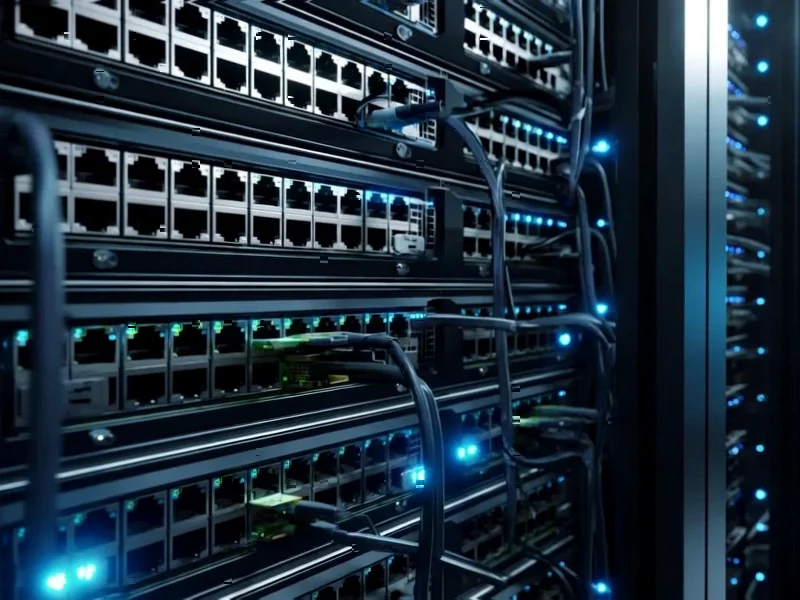According to Techmeme, Microsoft CEO Satya Nadella revealed during a recent discussion that compute capacity is no longer the primary bottleneck for AI development, with the company currently experiencing a surplus of GPUs that it cannot fully utilize due to energy and data center space constraints. Nadella specifically mentioned not wanting to over-invest in current-generation NVIDIA GPUs given the rapid pace of hardware advancement, highlighting concerns about the useful lifespan of AI infrastructure investments. The comments came during a Halloween-themed technology discussion featuring industry leaders, suggesting that Microsoft’s infrastructure challenges may reflect broader industry trends in AI scaling. This unexpected surplus situation contrasts sharply with prevailing narratives about GPU shortages constraining AI progress.
The Real Bottleneck Emerges
Nadella’s comments reveal a critical inflection point in the AI infrastructure landscape that many industry observers have been anticipating. While the public narrative has focused heavily on GPU shortages and supply chain constraints, the reality appears to be shifting toward physical infrastructure limitations. Data center construction timelines, power availability, and cooling requirements are creating bottlenecks that even Microsoft, with its massive resources, cannot easily overcome. This suggests we’re entering a new phase where AI scaling will be constrained by real estate and energy infrastructure rather than semiconductor manufacturing capacity alone.
The GPU Investment Conundrum
The concern about over-buying specific GPU generations reflects a sophisticated understanding of the rapidly evolving AI hardware landscape. With NVIDIA releasing increasingly powerful architectures on accelerated timelines, enterprises face the risk of stranded capital in hardware that becomes obsolete faster than traditional IT infrastructure. This creates a delicate balancing act for cloud providers who must maintain competitive performance while avoiding massive write-downs on previous-generation equipment. The situation is particularly challenging given that AI workloads often require homogeneous hardware environments to function optimally.
Broader Industry Impact
This revelation has significant implications across the technology ecosystem. For cloud competitors, it suggests that simply acquiring more GPUs won’t guarantee market leadership if they lack the physical infrastructure to deploy them effectively. For AI startups, it means that cloud capacity availability might become a more significant constraint than previously anticipated. The situation could accelerate investment in alternative computing architectures and energy-efficient AI approaches, as companies seek to maximize utilization of existing infrastructure rather than simply adding more hardware.
The Coming Infrastructure Arms Race
Looking forward, we’re likely to see increased competition around energy-efficient data center design and geographic expansion into regions with abundant power capacity. Companies that can solve the energy and space constraints Nadella identified will gain significant competitive advantages. This may drive increased M&A activity around data center operators and renewable energy providers, as tech giants seek to secure the physical infrastructure needed for AI scaling. The focus is shifting from simply buying chips to building the ecosystems that can power them effectively.




